As a new learner, choosing piano as your first instrument is a better choice.
It does not take much effort to start. You just have to maintain proper piano posture, place your hands on the piano, and play without even holding it. But choosing the right type of piano is a difficult task.
You must consider cost, ease, sound, maintenance, and other aspects. There are different types of pianos to explore. For now, let’s learn about acoustic and digital pianos.
I am going to cover acoustic vs digital pianos in detail here to help you decide which one is for you.
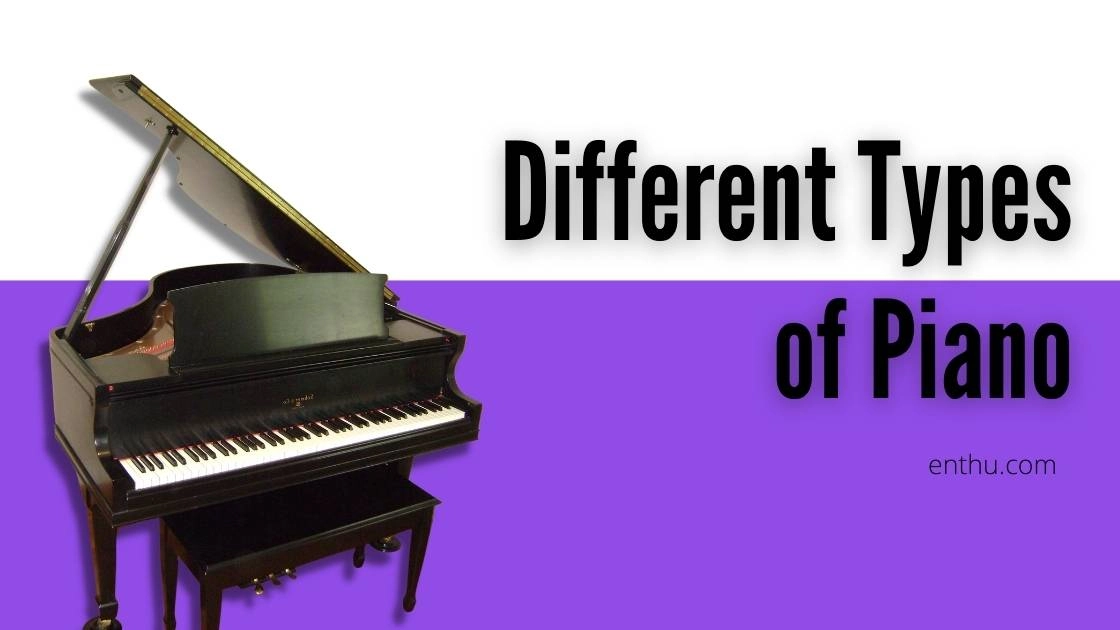
Acoustic Piano
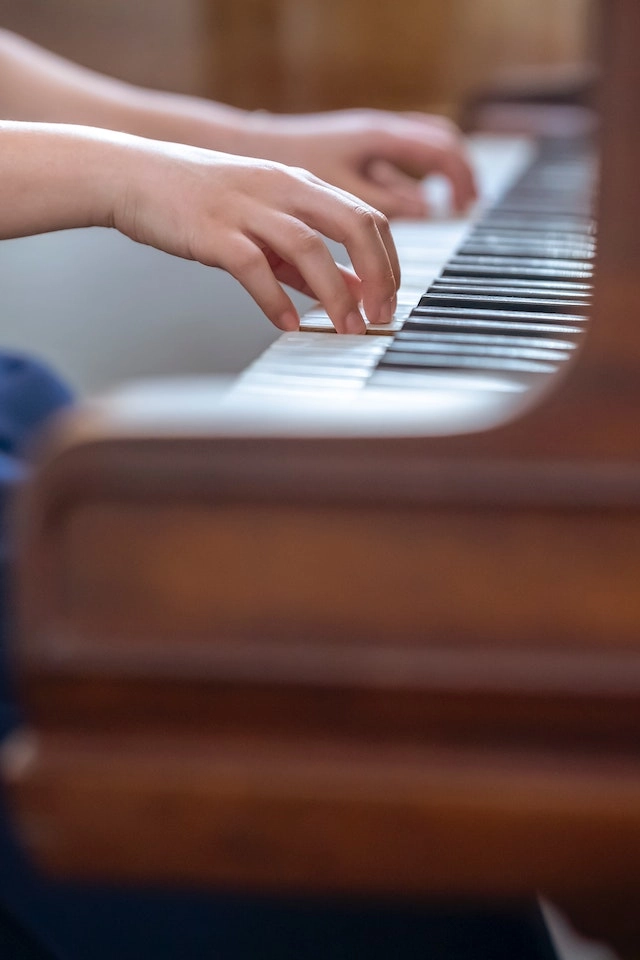
Acoustic pianos have a traditional appearance. They are wooden, hence heavier.
Pianists of the early centuries witnessed this aesthetic acoustic piano. Acoustic pianos have hammers where the keys are connected.
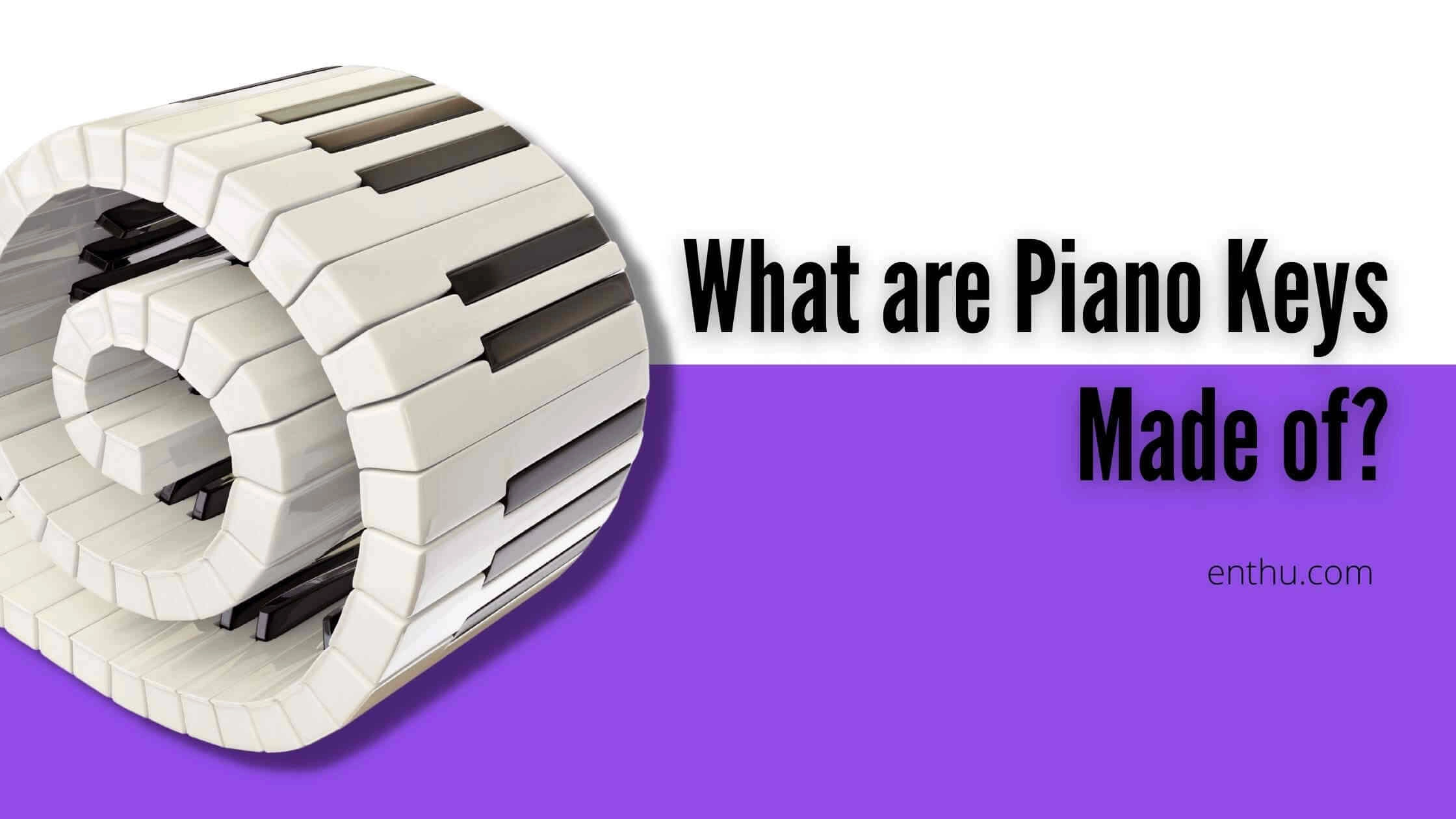
On pressing the keys, the strings create a sound while the hammers move. The produced piano sound is pure and richer. However, it depends on how you press the piano keys.

Every pianist has a different approach and way of playing. Playability changes with body language and piano posture.
Types of Acoustic Piano
Acoustic piano comes in two types. One is the digital grand piano and the other one is the upright piano.
1. The Grand Piano
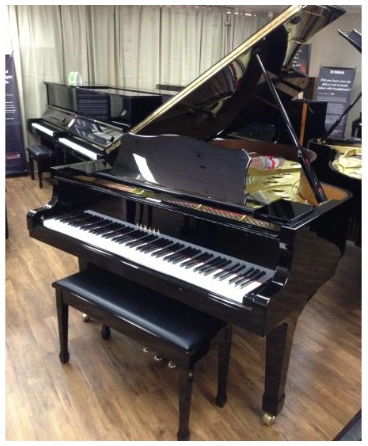
The regular piano is referred to as the grand piano. It is large compared to an upright piano and covers a considerable space. It has horizontal strings set to the ground.
It has a balanced sound with a sustainable tone and key repetition. Grand pianos are great for concerts or professional recordings. The resonance with the reverb gives the best playing experience.
2. Acoustic Upright Piano
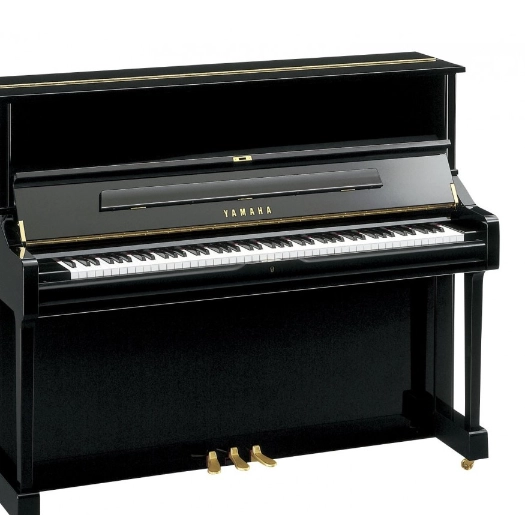
Picture credits - Johnsmusic The acoustic upright piano is vertical and runs in the same direction. Earlier, these types of pianos were large. Now they come up with height variations.

Thus, it takes up less floor space than the grand piano. The smaller upright pianos are spinets or consoles. The soundboard is comparably small, which results in a bit lower yet worth hearing the sound.
Upright pianos produce high-level melodies and music. These are also known as vertical pianos.
Digital Piano
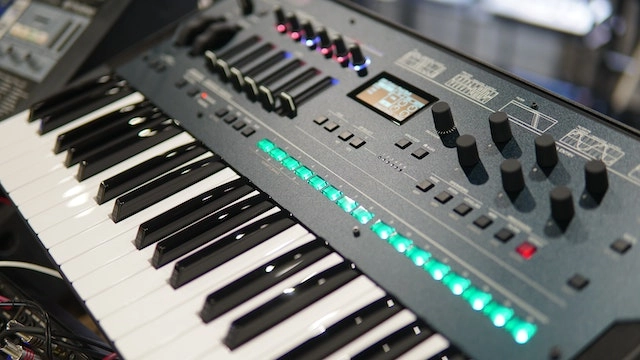
The digital piano is a mixture of acoustic and electric pianos. It’s a modern version of an acoustic piano. The scope of digital piano for modification and versatility is relatively high in terms of creating sounds.
Modern digital pianos are not as heavy as acoustic ones, making it easier to move anywhere. It produces sound digitally. As it’s the modern version of the acoustic piano, various musical instruments and expressions are obtainable.
You can also connect it to the MIDI and experiment with different music like some easy Beethoven piano pieces.
Types of Digital Piano
When it comes to digital pianos, they generally fall into three main categories:
Digital Baby Grand Piano – Designed to replicate the elegance and sound projection of a grand piano while being more compact and affordable. Perfect for those who love the grand piano feel but have limited space.
Digital Upright Piano – Built to look and feel like an acoustic upright piano. These are great for home practice, offering authentic key action and tone in a more space-friendly design.
Digital Portable Piano – Lightweight and versatile, ideal for beginners, gigging musicians, or anyone who needs mobility. These pianos are easy to carry and often come with extra features for learning and performance.
1. Digital Baby Grand Piano
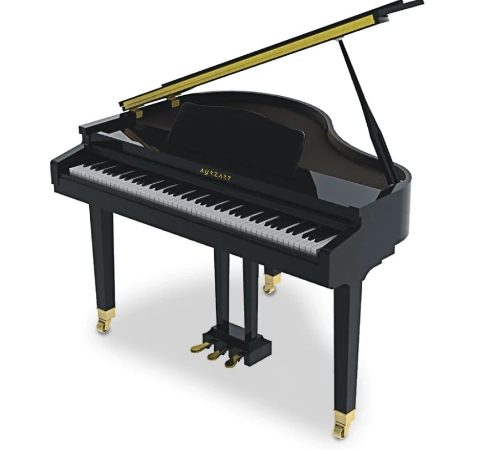
Digital grand pianos are mostly used pianos. When you play a key, the speakers play pre-recordings obtained from the acoustic piano. It combines digital and grand piano with much smoother key movements and ease. They fall on the expensive side. You get them as per customization. But yes, they look so cool.
2. Digital Upright Piano
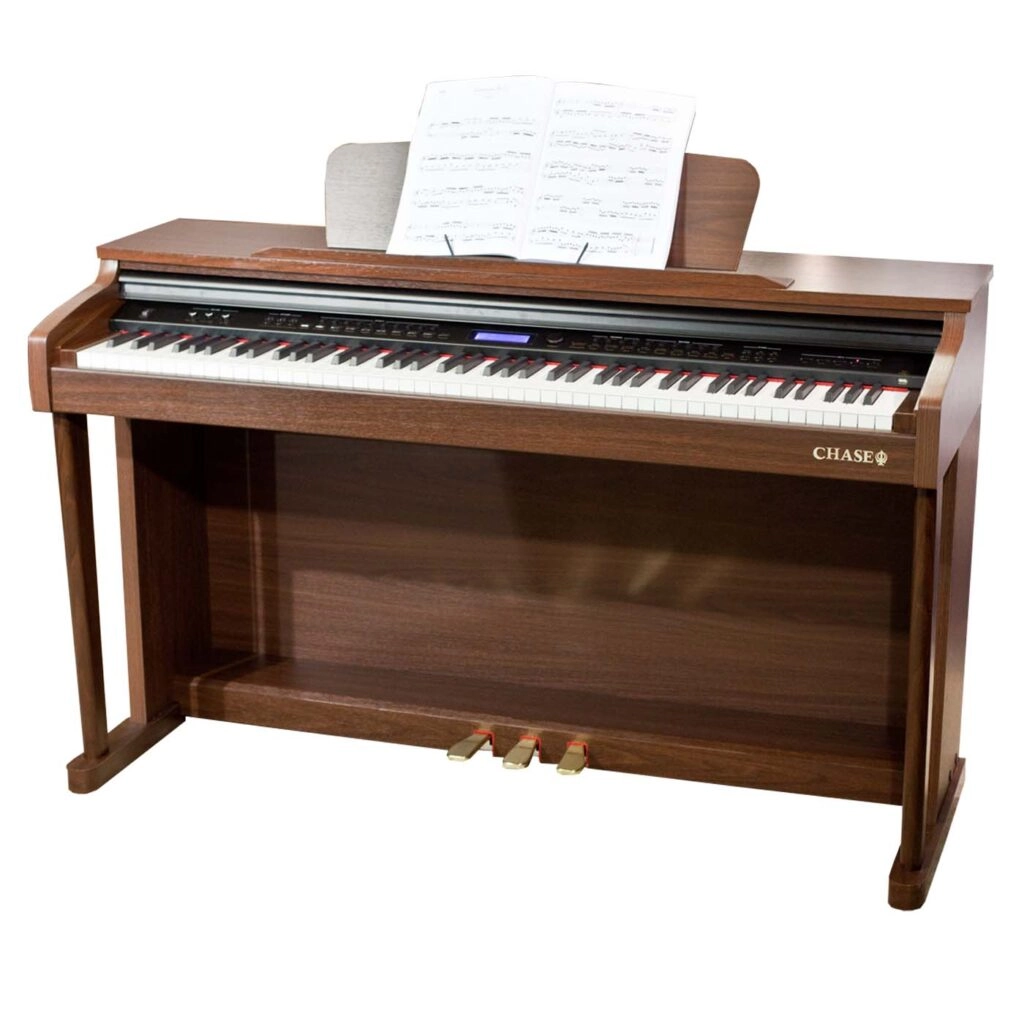
Digital upright pianos are a good option to play at home. They are a little smaller than the grand pianos. A pianist enjoys playing this piano because of its aesthetics and structure.
3. Digital Portable Piano

Portable pianos are the lightest ones among other types. They are not as artistic as grand or upright pianos. The material is usually plastic, supported by stands rather than legs.
If you are willing to learn piano to pass the time, this portable digital piano is suitable for you, considering its inexpensive factor.
Acoustic vs Digital Pianos:
Detail Comparison Here I'm comparing both acoustic and digital pianos based on a few factors to help you out and choose one for you.
1. Sound
Acoustic pianos have a natural sound. The string mechanism produces vibrations which make the music sound richer and heavier. The expressive quality can mostly be found in a traditional acoustic piano. Sound from the digital piano is not as natural as an acoustic piano.
The sound that it produces is a sample or an emulated copy.
2. Tuning
Tuning is an essential thing for any instrument. Acoustic pianos have a bit complicated structure and mechanism. So, they should be tuned at least twice a year.
The cost of tuning a piano can be expensive as you need to hire a professional to do that. The digital piano does not need any tuning as it's a digital yet electronic piano. Some models work on batteries.
So, there are no expenses for tuning. It can work by spending a few bucks.
3. Maintenance
The strings of an acoustic piano need utmost care and maintenance along with other parts. The complex structure of an acoustic piano must be maintained well.
The wooden structure also needs attention as it can get affected due to weather. Digital pianos do not need much maintenance. You just need to take care of the keys, strings, and body.
4. Portability
Earlier, acoustic pianos were taken away from the venue for concerts, but now pianists prefer pianos that are already available at the venue. Acoustic pianos are not easily movable from one place to another due to their heaviness.
Digital pianos are lightweight compared to acoustic pianos. They are portable and do not consume a huge space.
5. Versatility
Acoustic pianos have a heavy and rich sound, but they are not as versatile as digital pianos. They have a standard tone and no room for sample instruments. Digital pianos are up to the mark when it comes to versatility.
Though the sound is not reasonable, it has multiple sample instrument libraries to use. You can experiment with different instruments and create amazing musical pieces.
The first piano was created by Bartolomeo Cristopori in Italy.
6. Pedals
Do you know what the pedals on a piano do? On pressing, the pedals sustain the note for a longer time and bring a long-lasting reverberated sound.
Acoustic pianos have 2-3 pedals depending upon the model and design. The sustain pedal is on the right side of an acoustic piano. When you press a key and then the pedal, it creates a resonated effect. Not all but a few digital pianos come up with pedals.
In fact, they have a single pedal that is also a sustain pedal. These are sometimes pressed completely and sometimes halfway. Pluggins is another pedal option for digital pianos.
These are nothing but a copy of the original pedal effects. However, these effects are unnatural yet a fine option if you want to use pedals on an affordable digital piano.
7. Touch Sensitivity
The touch mechanism works fine for acoustic pianos. However, you need a bit of pressure on your fingertips to play the keys to produce an appropriate sound. Because the acoustic keys are traditional and raw, your fingers need strength to play them correctly.
Digital pianos are not as smooth as acoustic pianos. Some models work well, yet there is a shortfall in touch performance. However, putting pressure on your hands to play piano is not required.
8. Size and Weight
The acoustic piano’s internal mechanism needs space due to multiple parts. Hence, it is big in size. They are heavier due to their wooden structure and complex formation.
The weight starts from 100kg and goes beyond 400 kg. Digital pianos consume less space. They are heavy with 88 hammer keys, and they are lighter than acoustic pianos.
The weight range starts from 10kg and goes up to 50kg. However, few digital pianos weigh more than 50 kg.
9. Life
The atmosphere affects the life of pianos. Acoustic pianos can last for 30 to 50 years if you handle them with utmost care. You don't have to worry about the lifespan of digital pianos.
They last for years. However, digital piano has its own disadvantage being digital. Continuous upgradation makes some digital models outdated very early.
10. Price
The price point for an acoustic piano can make you take a step back. Acoustic pianos are expensive because of their authentic sound and overall structure. The prices start from around $3000 and go up to and beyond $10, 000 and $2,00,000.
Digital pianos are affordable and that's one of the pros. If you are a beginner who wants to simply start learning a piano, you can absolutely think of buying a digital piano. Prices may vary with models.
The range starts at $50. Though expensive models are costing $500 and above, a $50 digital piano is good to start with.
11. Resale Value
No doubt acoustic pianos have higher resale value. Their design, structure, and mechanism are wealthy and traditional. Digital pianos have low resell value. The quick updates make some digital piano technology go out of date.
Summary: Acoustic vs Digital Pianos
Feature |
Acoustic Piano | Digital Piano |
Sound | An acoustic piano produces a naturally wholesome, more profound, and warmer sound. | The digital piano has the sound of an acoustic piano. |
Tuning | They should be tuned twice a year. | No tuning is needed. |
Maintenance | It needs proper maintenance due to its wooden structure. The strings and hammers also need utmost care. | No need for extreme maintenance. |
Portability | An acoustic piano is not portable, as it is heavy having a complicated and delicate structure. | You can carry and move, especially for concerts. |
Versatility | The acoustic piano has a rich tone. However, no sample instruments for versatile experiments. | Though digital pianos do not have much authentic sound, they have several sample instruments that are used to make them more versatile. |
Pedals | 2-3 pedals together with the sustain pedal. | Not all models have pedals. |
Touch Sensitivity | Reasonable control over the mechanism and playing. | Digital pianos can be improved considering their touch sensitivity. |
Size and Weight | The wooden structure makes it heavier by about 100 kg to 400 kg. | The standard digital piano is much lighter than the acoustic piano. However, different types may vary in size and weight. It can be a single-digit kg or beyond that. |
Life | Weather matters when it comes to preserving a wooden piece. The life span can be from 30-50 years if maintained well. | It can stay in good condition for years. However, being a digital piano, it becomes outmoded fast with technological updates. |
Price | Very expensive. Depending on quality and aesthetics, it starts with 4 digits and goes up to or beyond 5 numbers. | The price depends upon your choice and affordability. You can buy a digital piano for as low as $50 or go up to $500 and above. |
Resale Value | An acoustic piano has a higher resale value based on its design and structure. | The resale value of digital pianos is not much and depreciates rapidly. |
Yamaha, Kawai, Steinway. | Yamaha, Roland, Kawai, Casio |
Verdict: What to Choose Between Acoustic vs Digital Pianos?
Choose Acoustic Piano
If you have a lot of space to fit a sizable acoustic piano.
If you want a natural and authentic sound with rich aesthetics.
If you traditionally like learning piano.
Choose Digital Piano
If you want a less expensive piano with minimum maintenance.
If you want versatility and can compromise other factors.
If you often perform at places where you need to carry your piano.
Consider the above points when picking a piano. Choose what you feel you will be more comfortable with.


Conclusion
Amongst the top 10 most popular musical instruments, the piano is the first and most loved instrument. People of all ages can learn it. As far as we have discussed acoustic and digital pianos, you can start with any type as per your choice and comfort.
Ensure you take guidance from a piano teacher who can direct you well for advanced piano skills. I hope you find the perfect piano to ace your favorite song. Happy playing!
FAQs
1) Can you learn piano on a digital piano?
The simple answer is yes. You can learn piano on a digital piano. Any piano is fine to start learning. You can discover piano scales or chord progressions with digital or any piano.
2) Is it ok to learn piano online?
Yes, you can learn piano online. There are multiple sites to learn piano online. Some sites provide free online piano lessons as well. After all, it’s more about your passion for learning the keyboard or piano.
3) Is piano hard to learn?
Every musical instrument seems complicated when you start learning it for the first time. The difficulty depends upon how fast you can grasp a skill. But in that rush and race, make sure you learn the techniques properly, right from labeling piano keys and piano exercises to mastering the hardest songs on piano.
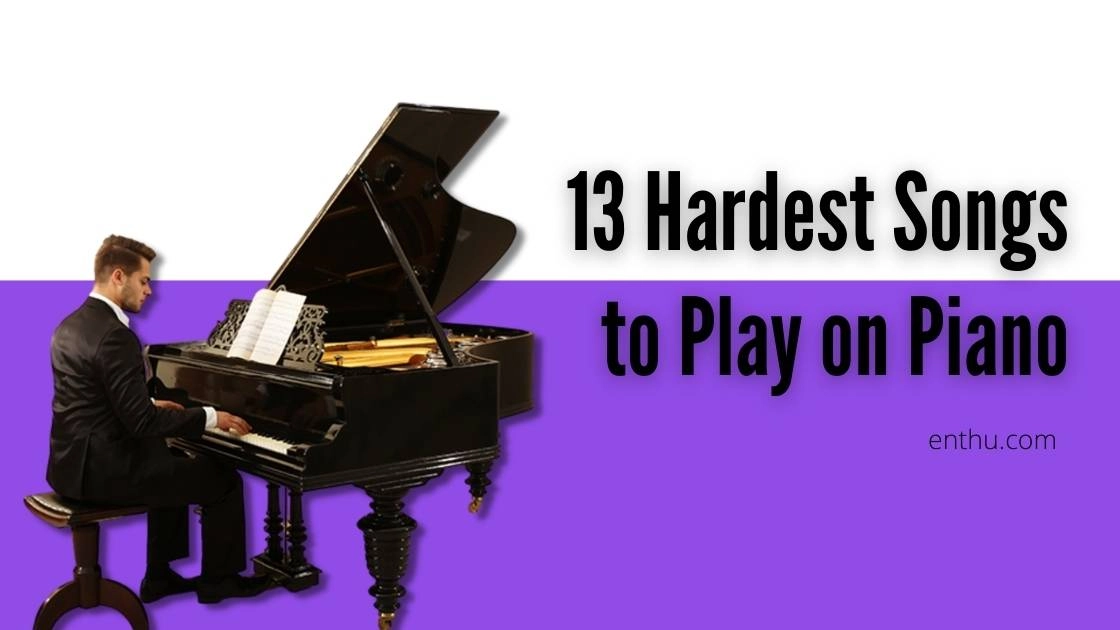
4) Can I learn piano without buying a piano?
Yes, you can learn piano without buying a piano. You can download different apps like the virtual piano on your phone or computer to learn. Qwerty piano is also a great option to get a real piano or keyboard feel. Here, you get specific keys on the keyboard to play.



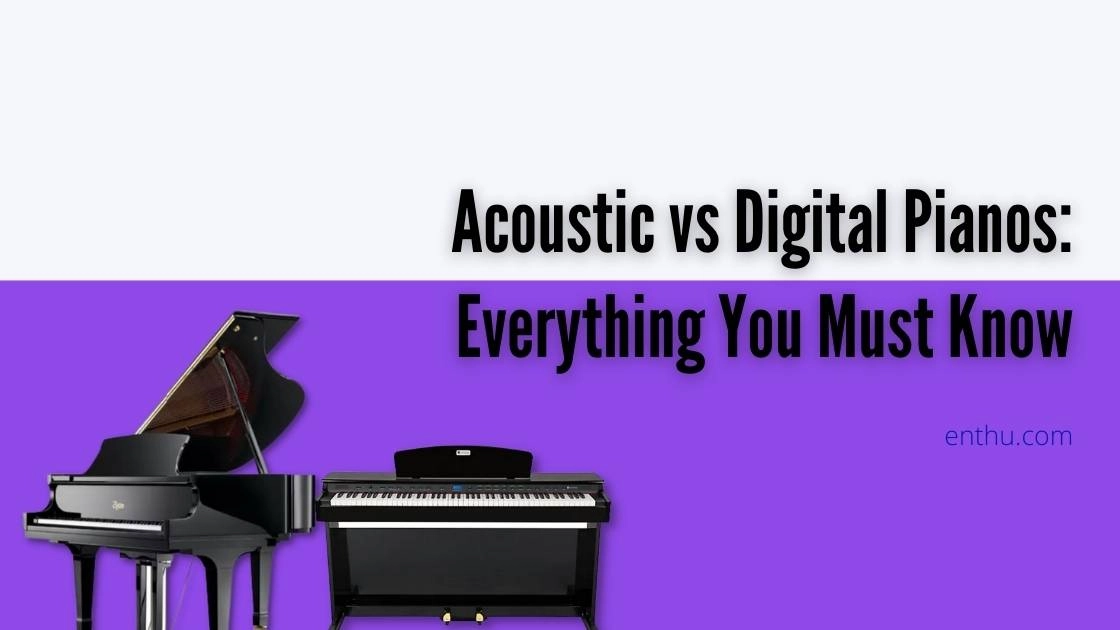
.png)
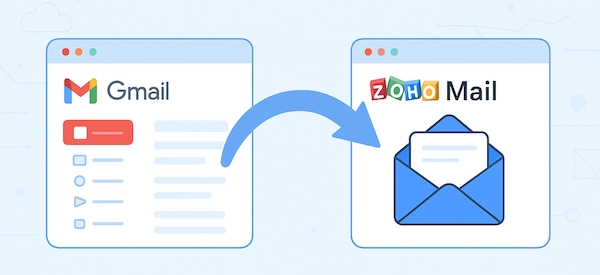

Comments